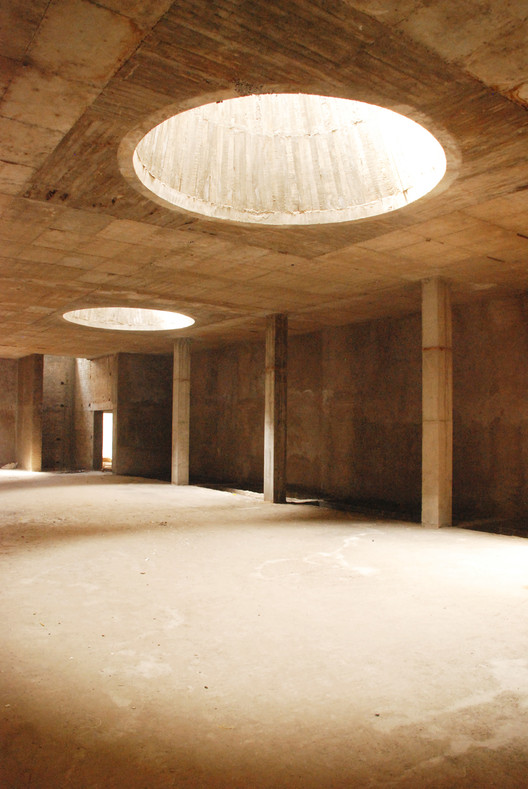
Indian Architect & Builder, through a two-part series titled ‘Practices of Consequence’ (Volumes I and II) delves deeper into contemporary Indian practices that have carved a unique identity and place for themselves in the country today. This interview, part of the first volume of the series, takes a closer look at ‘Indigo Architects’, an Ahmedabad-based architectural firm.
IAB: Please describe your work.
Uday + Mausami Andhare: We have positioned our efforts in the field of architecture in the context of our time, which is ridden with great contrasts. On one hand, rapid and haphazard development in the cities is putting the existing infrastructure under a severe strain and on the other, smaller towns and villages continues to suffer age-old neglect in the area of planned growth and quality of construction. With fast-depleting resources, the onus of a sensitive approach to these realities is a dire need...And architecture has the power to effect change, of course. The question is about being effective in various contexts. Urban, rural, big, or small, private or public, it is imperative to give utmost care and dignity to the smallest of efforts. Perhaps, this may be a model that allows well-meaning practices to carry on with their tasks with an integral focus, in any profession.









































